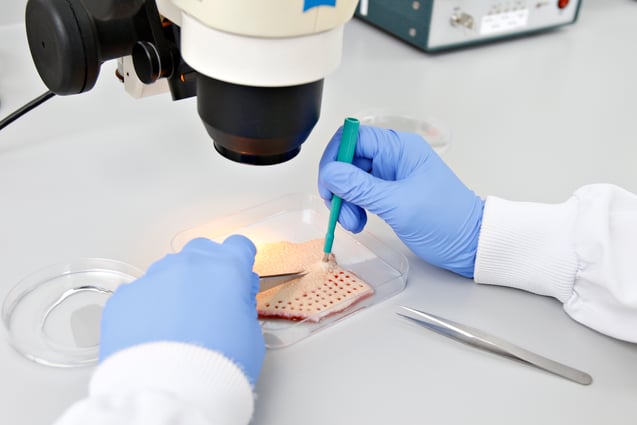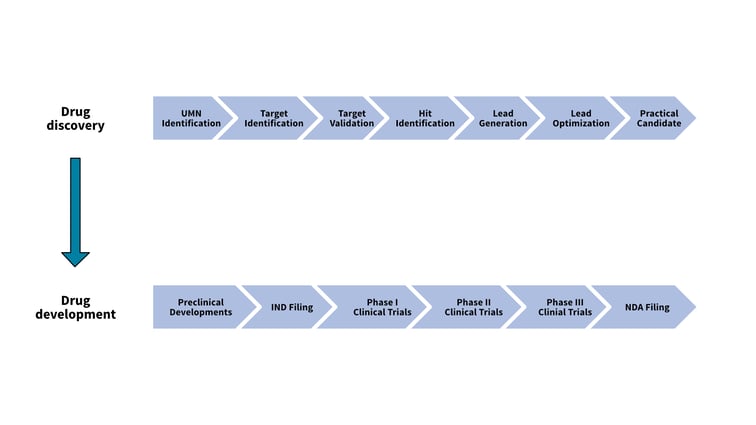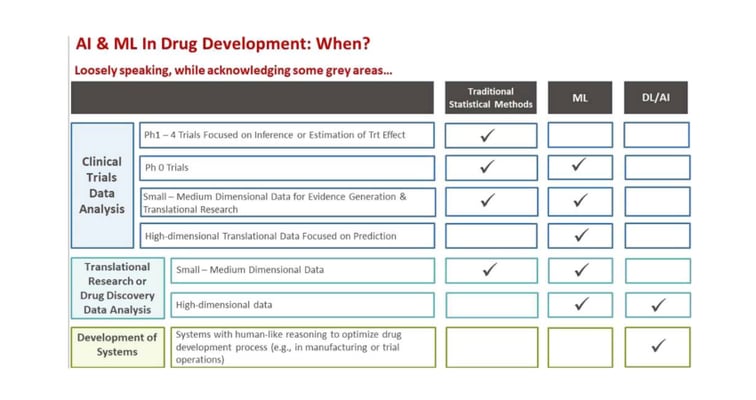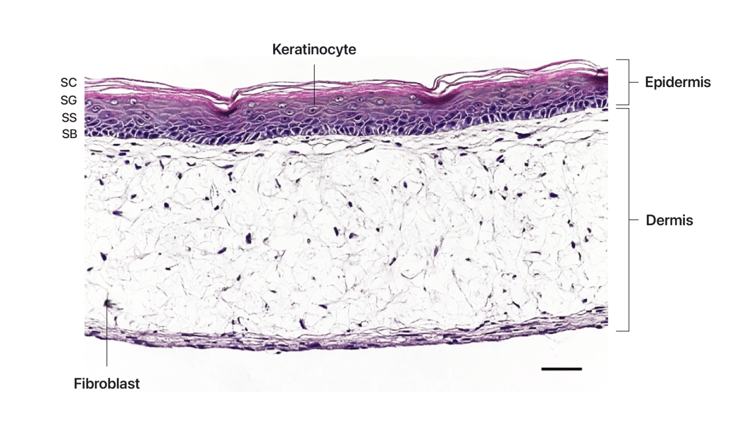Mouse IBD Model – Crohn’s or Ulcerative Colitis (UC)
Drug Discovery Assay – reference number: B122
Overview
| Tissue: | Murine GI mucosal explants (IBD) |
| Study type: | Ex vivo cultures |
| Functional endpoint: | Inflammation |
Assay Description
This experiment assesses the effect of test articles on cytokine release from mouse intestines where an IBD-like pathology is present.
Testing Information
Introduction
IBD mouse models can be separated into a few categories: those which are chemically induced, such as dextran sulfate sodium (DSS)-induced colitis mouse models, those which are achieved by adoptive transfer of T cell subsets, and those that develop spontaneously or in genetically modified mice such as IL-10-/- knockout mice. The different models reproduce different IBD features (to varying extents) for histology, therapeutic response, disease location, etc. and the choice of IBD mouse will depend on which cell type the therapy is targeting.
Note: Tissue used in this assay was sourced and provided to REPROCELL fresh by a third party, and organised by the project Sponsor.
Test Article Requirements
Test article(s) to be provided by the Sponsor in storable aliquots at required test concentrations with information on the diluent vehicle used. Stock solutions are prepared in distilled water unless otherwise requested. Sponsor to provide a sufficient amount of test article to run the entire study.
Suggested Testing
A minimum of triplicate per condition.
Study Outline
Rationale and Experimental Design
Full-thickness gut mucosal biopsies are dissected from fresh IBD mouse models’ gastrointestinal tissues. Biopsies of 3mm2 are transferred to a plate containing specially fortified media, before being incubated in optimum conditions for a maximum of 24 hrs.
An example of the conditions assessed for 3 test articles are detailed below (it is recommended a minimum of triplicates should be used for each condition):
- Control
- Test article 1
- Test article 2
- Test article 3
- Positive control
Endpoint Analysis
Cytokine analysis: supernatant samples can be analyzed for specific analytes of your choice by a multiplex ELISA platform. Each analyte will be quantified by interpolation against a standard curve generated on the same 96-well analysis plate.
Other forms of endpoint analysis are available, such as gene expression (PCR or RNASeq) or immunohistochemistry.
FAQs
What is included in your IBD predictive drug discovery services?
- A customized project to meet your research goals.
- An expert Study Director is assigned to manage each project as your single point of contact from initiation to reporting.
- GLP projects are available.
- Ownership of all data generated during the project.
What is the estimated turnaround time for these studies?
For an IBD culture study requiring three donors/ animals, the estimated turnaround time is six to eight weeks. This timeline is a guide based on REPROCELL’s standard tissue criteria and may be altered by client requests or available laboratory schedules at the time an order is placed.
What are the test agent requirements?
We ask that the test agent is provided in storable aliquots at the required test concentrations. Information should be provided on the diluent vehicle used, or else stock solutions are prepared in distilled water. The sponsor is also asked to provide a sufficient quantity of the test agent to run the entire study.
How are tissues standardized and qualified?
All biopsies are prepared at a standard size of approximately 3mm2 and can be weighed post-experimentation. Due to the time limitations of using the tissues when fresh, tissues are qualified post-experimentation.
What conditions do you recommend for ex vivo culture studies?
It is recommended a minimum of triplicates should be used for each condition. An example of the conditions assessed for three test agents would be as follows:
- Control
- Test agent 1
- Test agent 2
- Test agent 3
- Positive control
How do you perform the endpoint analysis?
Supernatant samples can be analyzed for specific analytes of your choice by a multiplex ELISA platform. Each analyte will be quantified by interpolation against a standard curve generated on the same 96-well analysis plate. Other forms of endpoint analysis are also available, such as gene expression or immunohistochemistry.



